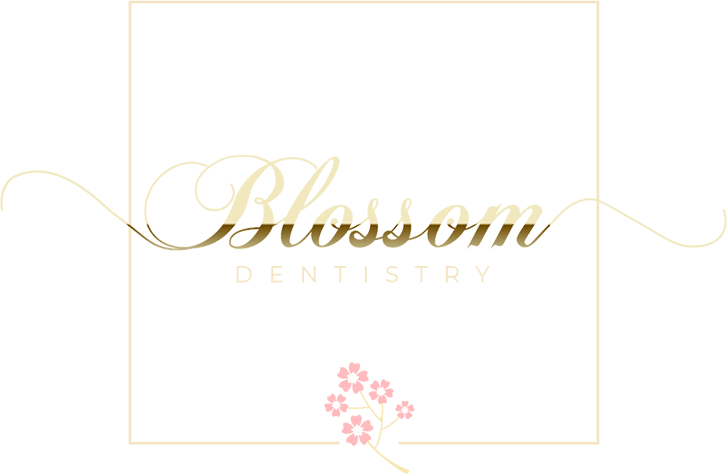3 Signs You Need a Root Canal

Do you think you may need a root canal? A root canal is a common dental procedure that is performed to cure an infected tooth. A tooth can become infected when a cavity gets deep enough to reach the inner pulp of the tooth. It can also happen as a result of a crack or chip in a tooth. If bacteria gets inside the tooth through the enamel it can cause an infection of the soft pulp. It can be painful and eventually lead to loss of the tooth.
If you need a root canal, how will you know? Here are 3 of the most common signs and symptoms.
- Severe Pain. When a tooth is infected it will typically cause you severe pain. The tooth may ache or throb continuously. Over the counter pain relievers may help slightly, but the pain will typically persist until you call your dentist and have a root canal procedure. A toothache of this magnitude is not something you can ignore. The infection will get worse until it is dealt with.
- Lingering Sensitivity. In the early stages before the severe pain sets in, a sign that you may need a root canal is if your tooth is particularly sensitive. This type of sensitivity is usually more severe than the usual reaction to something cold or hot. If you feel an intense pain in your tooth when you eat or drink something hot or cold and that pain lingers long after you’ve stopped eating or drinking, you may have a tooth that needs a root canal.
- A Bump on the Gums. A root canal is needed when a tooth is infected. An infection can sometimes lead to an abcess, which is a collection of pus under the surface of the skin. If you see a bump on your gums that looks like a pimple, it is a sign that an infection lies somewhere in that area. It could be a sign of severe gum disease, which is also an infection. Either way, if you have an abcess on your gums, you should call your dentist and make an appointment for an evaluation.
Prevent Infection and Pain with a Root Canal
The above symptoms occur when a tooth is already severely infected. By the time you feel pain, severe sensitivity, or notice an abscess, the bacteria has already entered the inner pulp and infected the tooth. Your dentist can identify a potential problem area through X-Rays during your routine dental cleanings and exams. A tooth at risk of infection may have a cavity that extends through the outer enamel and into the inner canal of the tooth. A crack or a chip in your tooth can also allow bacteria to enter the inner canal.
But if your dentist detects it early, a root canal procedure can be performed before you feel any pain, preventing the tooth from ever becoming infected.
What Does a Root Canal Procedure Entail?
To perform a root canal, your dentist will numb the area with local anesthetic. The inner part of the tooth is accessed through a small hole in the crown. All of the inner pulp is removed from the tooth and the infection is flushed out. Once disinfected, the inside of the root canal is filled with antibacterial filling, this prevents any bacteria from being able to enter the tooth. Then the hole in the tooth is either filled or an artificial crown is placed over the existing tooth if necessary.
Blossom Dentistry Provides Preventive and Curative Root Canals
Whether you need to prevent a tooth from being infected or your tooth is already infected, Blossom Dentistry can perform a root canal procedure to save your tooth. Visiting us for regular cleanings and exams allows us to identify potential problems and correct them before they cause you pain or result in the loss of a tooth. Preventive dentistry is the ultimate goal.
Call 202-922-2900 or request an appointment today. We look forward to providing you with top quality dental care.
